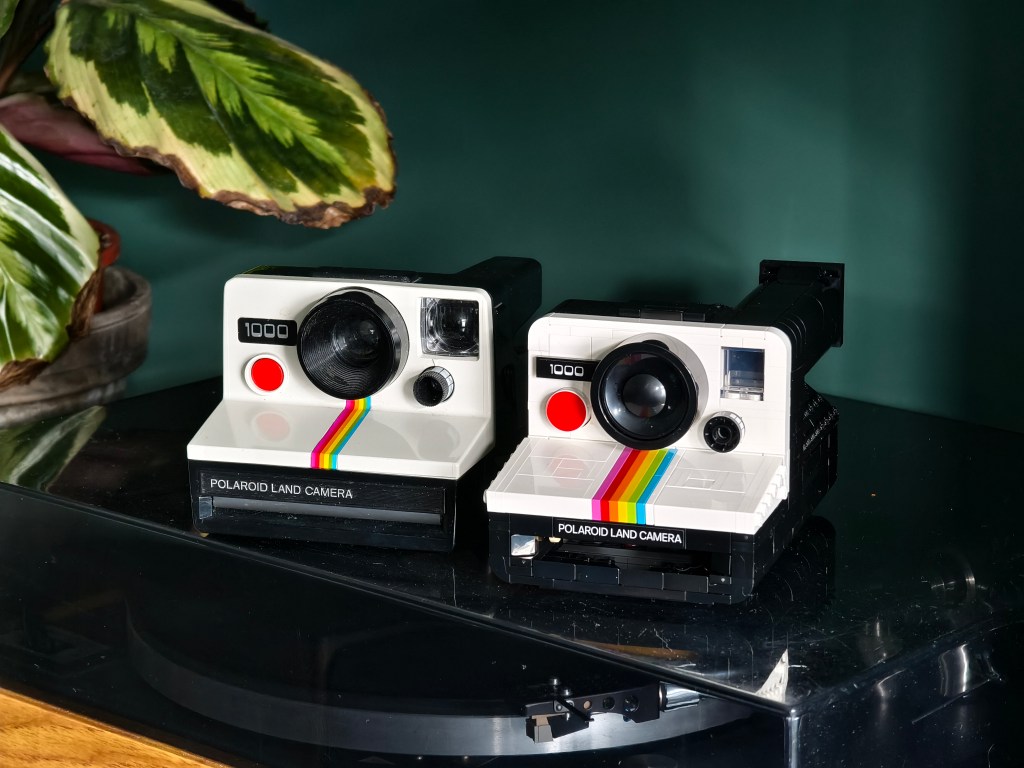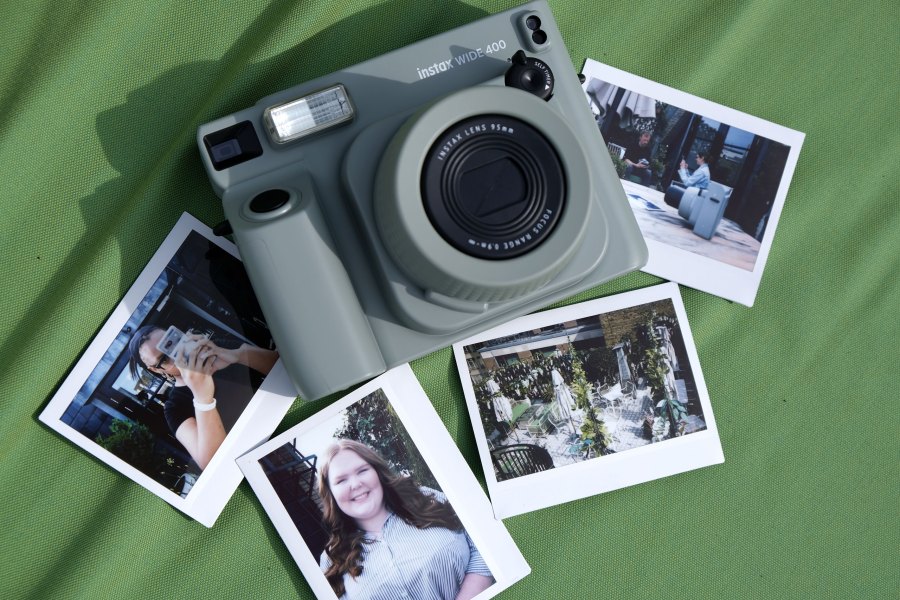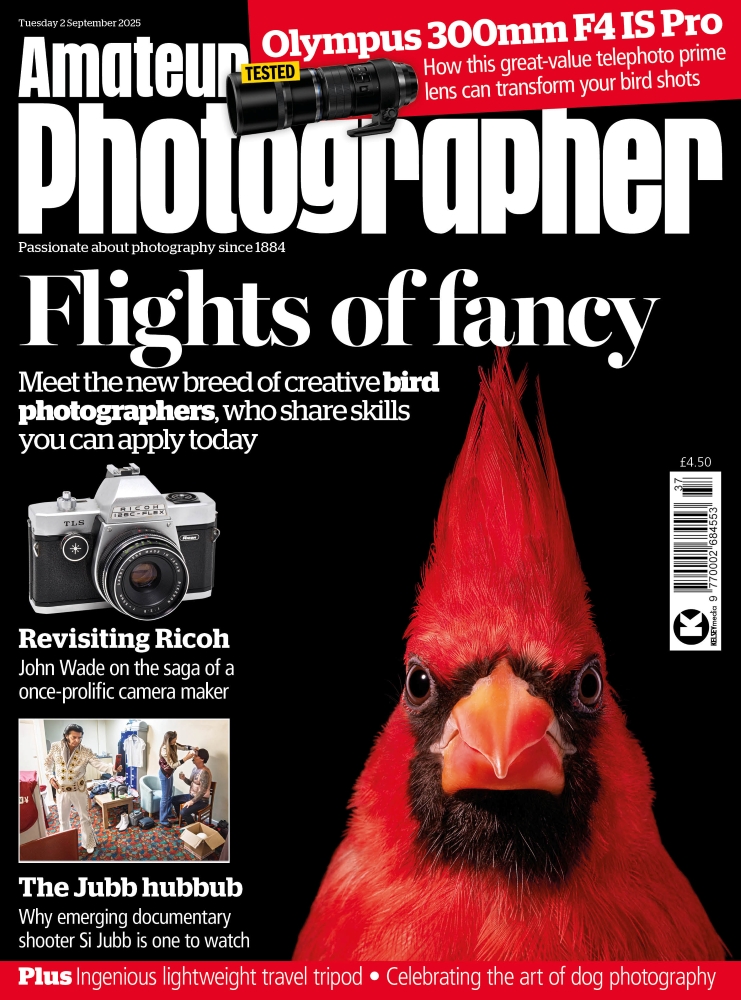My relationship with film photography started early – growing up in the 90’s my mum would usually buy a cheap disposable camera for our family holidays and allow me to fill my boots. This was also an important lesson that taught me to be careful with my exposures, because depending on the instant camera she bought, I may have only had between 24 and 36 pictures to play with.
Now in my 30’s many of my friends have started to have children, some of which are growing up fast before our very eyes and will soon be using smartphones and technology much better than I ever could. What has however been a joy at this point of my life is I have absolutely loved about this period of my life is bringing my Polaroid cameras to social gatherings and seeing their faces light up with the same joy and wonder that I experienced when I was their age, with the pictures slowly developing and coming to life in real-time. It’s nothing short of magical.
In a world full of AI fakes and an insistence on sharing every moment of your waking life online, instant film photos could be the perfect antidote. When I’ve taken an exposure with my Polaroid 1000 Land Camera or Supercolor 635, I often think “there’s no need to share this photo, this one is just for me”.
They are a completely unique one of a kind limited edition print.
The stunning hazy washed out glow and unique filmic colours make them perfect for a couple’s engagement shoot or guestbooks when I’m photographing weddings, too.

It’s no big secret that you pay a premium for this – in fact my most recent purchases of Polaroid 600 Colour cost $24 / £18.95 for a pack of eight, making it about $3 / £2.40 per picture. With my SX-70 film it’s more expensive at $35 / £24 per pack of eight, so $4.40 / £3 for each press of the shutter. It has always been an expensive format however and adjusted for inflation likely isn’t that much more expensive in the modern age than it was in its heyday during the 80’s. Though the Polaroid and instant cameras themselves may have gone up in value since then due to becoming collector’s items and pretty ornaments to put on a shelf – I’ll freely admit I use them for the latter when they’re not being used.
It’s also worth noting that instant cameras like the Fujifilm Instax Mini 12 use the smaller image size of 46x62mm which is about half the size of the full-fat Polaroids and is therefore more affordable. We’ve also seen the rise of digital instant cameras like the Fujifilm Instax Mini Evo and the Canon Zoemini S2 which are both digital cameras that have a printer built-in. This borrows some of the DNA of those older instant cameras, but for me they can’t match the washed out hazy vintage feel of the real thing.
The views expressed in this column are not necessarily those of Amateur Photographer magazine or Kelsey Media Limited. If you have an opinion you’d like to share on this topic, or any other photography related subject, email: ap.ed@kelsey.co.uk








